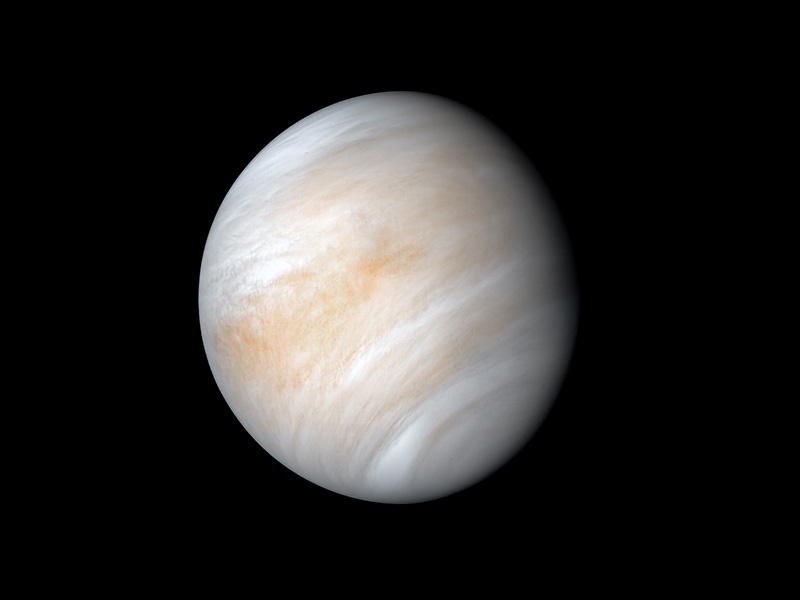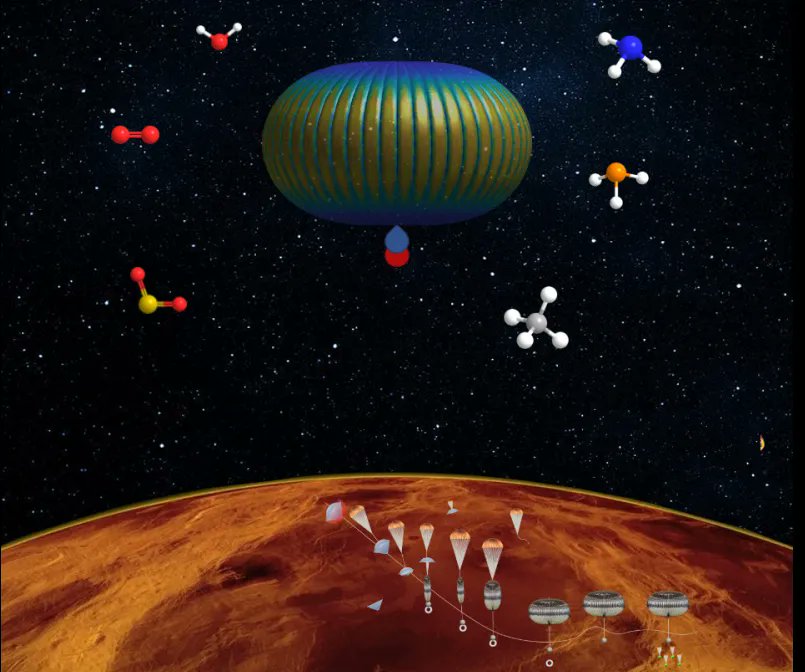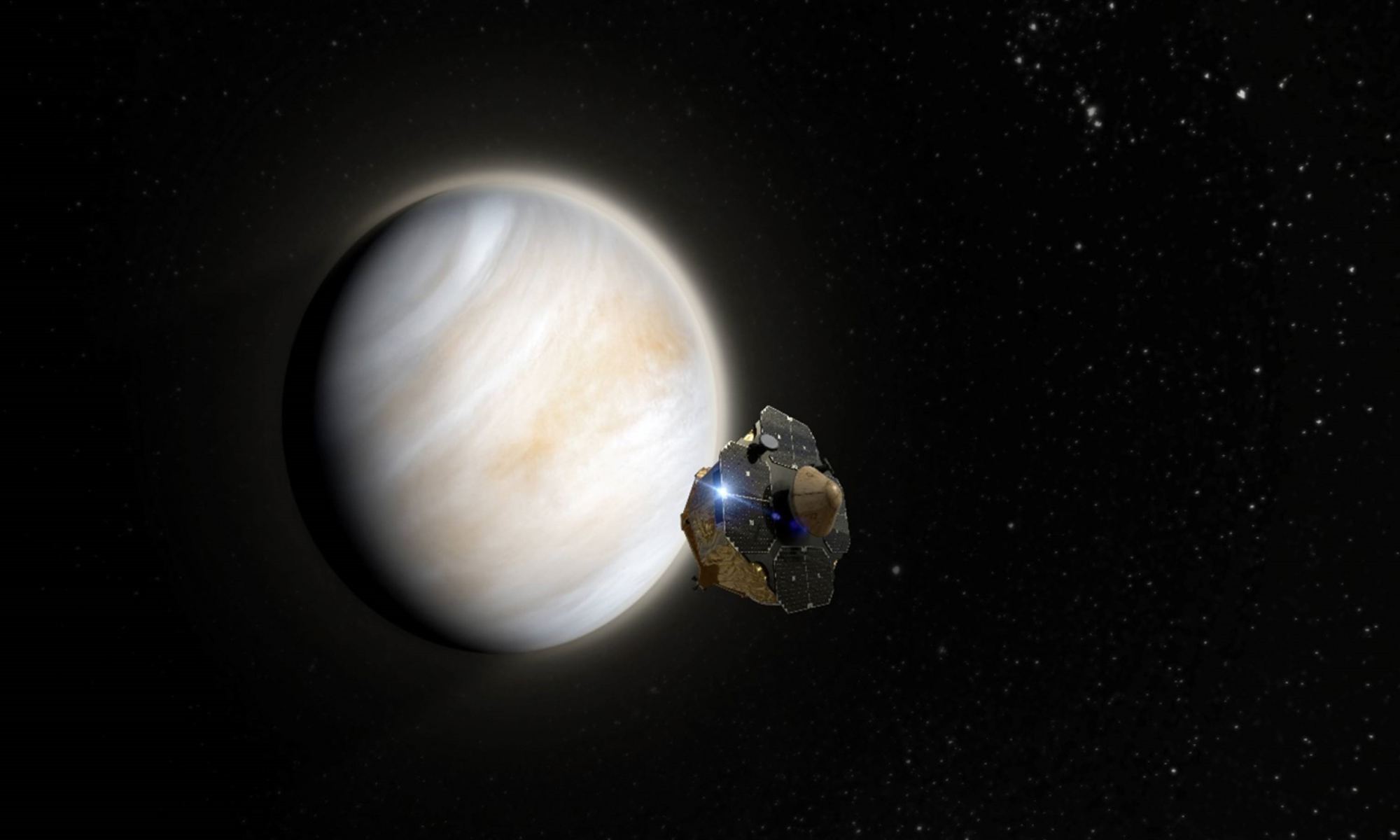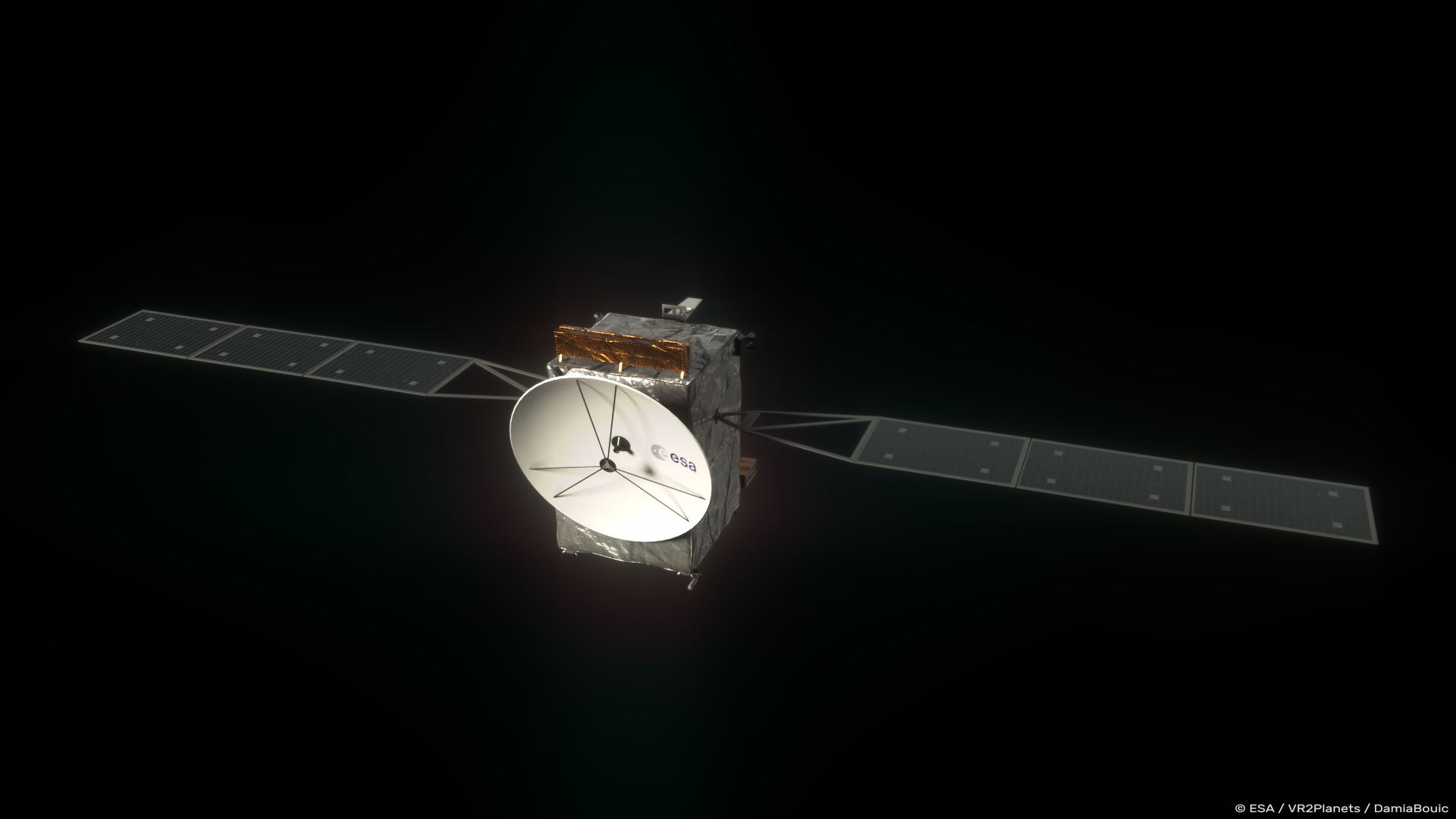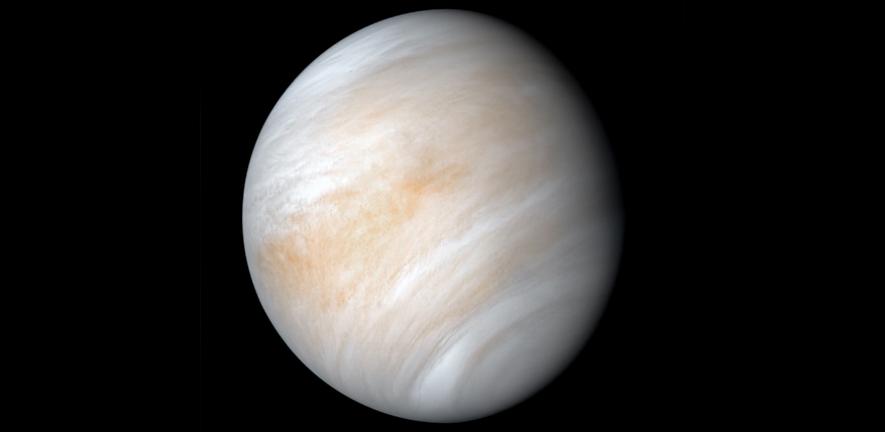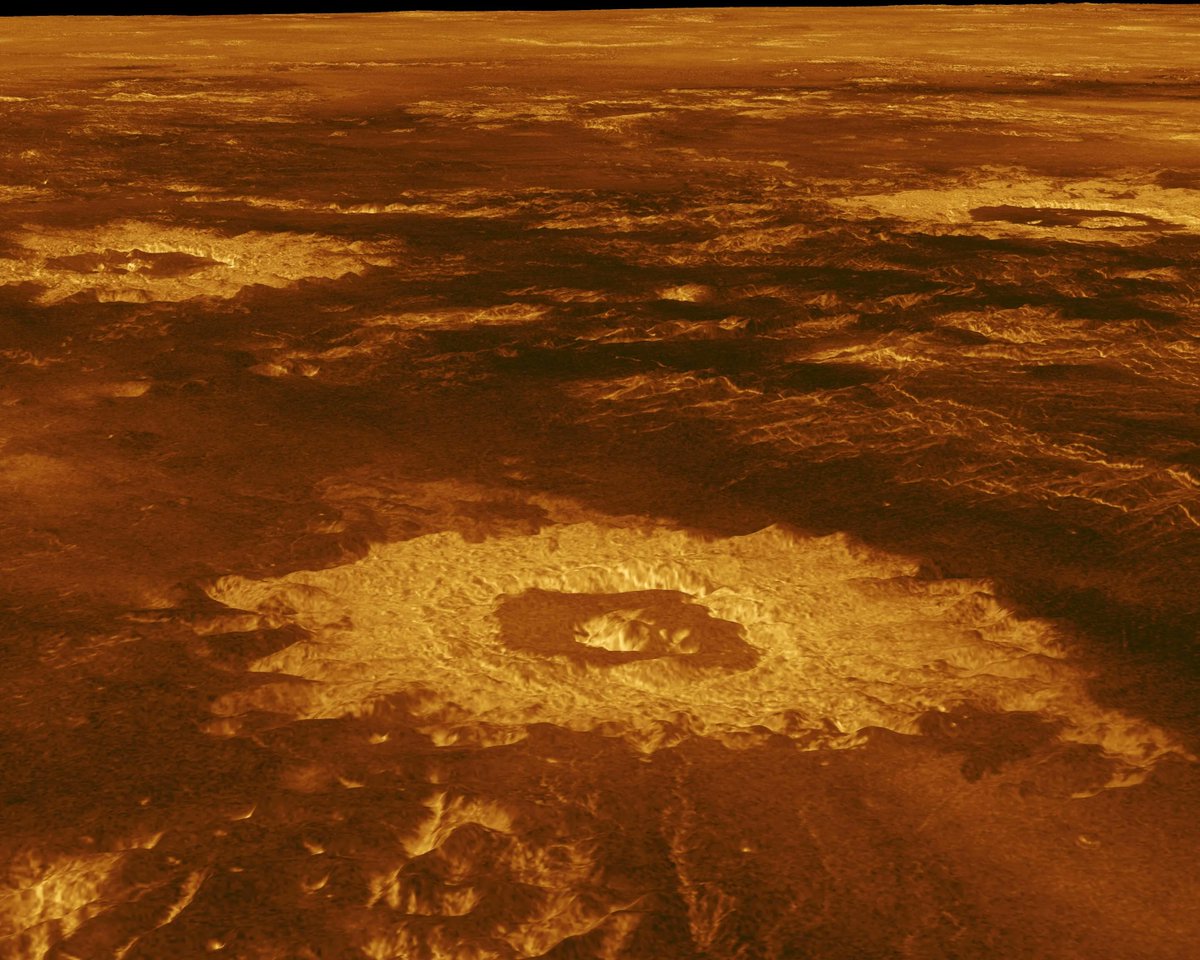We recently examined how and why Saturn’s largest moon, Titan, could answer the longstanding question: Are we alone? It’s the only moon that possesses a thick atmosphere and the only planetary body other than Earth (so far) that has liquid bodies on its surface. These characteristics alone make Titan an enticing location to search for life beyond Earth. In contrast, what if life were to be found in one of the unlikeliest of places and on a planet that is known to possess some of the harshest conditions ever observed?
Continue reading “Will Venus finally answer, ‘Are we alone?’”What Would it Take to Find Life on Venus?
Life on Venus, or the possibility thereof, has been a hot topic as of late. There’s also been plenty of controversies, including the (still disputed) discovery of phosphine, a potential biomarker in the atmosphere. The best way to lay that controversy to rest would be to go there and actually take samples, which at the very least, would help constrain the existence of life in Venus’ cloud layers. And a wide-ranging team from academia and industry hopes to do just that.
Continue reading “What Would it Take to Find Life on Venus?”Rocket Lab is Sending its own Mission to Venus to Search for Life
In a recent study published in Instrumentation and Methods for Astrophysics, the private space company, Rocket Lab, outlines a plan to send their high-energy Photon spacecraft to Venus in May 2023 with the primary goal of searching for life within the Venusian atmosphere. The planet Venus has become a recent hot topic in the field of astrobiology, which makes the high-energy Photon mission that much more exciting.
Rocket Lab hopes to build off their recent successful launch of the CAPSTONE mission using its Photon satellite bus, and consists of a CubeSat designed to study the near rectilinear halo orbit (NRHO) around the Moon and its applications for long-term missions such as Gateway.
Continue reading “Rocket Lab is Sending its own Mission to Venus to Search for Life”ESA’s EnVision Mission Doesn’t Have a lot of Fuel, so it’s Going to Aerobrake in the Atmosphere of Venus
Venus has almost been “the forgotten planet,” with only one space mission going there in the past 30 years. But the recent resurgence of interest in Earth’s closest neighbor has NASA and ESA committing to three new missions to Venus, all due to launch by the early 2030s.
ESA’s EnVision mission Venus is slated to take high-resolution optical, spectral and radar images of the planet’s surface. But to do so, the van-sized spacecraft will need to perform a special maneuver called aerobraking to gradually slow down and lower its orbit through the planet’s hot, thick atmosphere. Aerobraking uses atmospheric drag to slow down a spacecraft and EnVision will make thousands of passages through Venus’ atmosphere for about two years.
Continue reading “ESA’s EnVision Mission Doesn’t Have a lot of Fuel, so it’s Going to Aerobrake in the Atmosphere of Venus”High Altitude Life Can’t Explain the Trace Gases in Venus’ Atmosphere
The planet Venus is one of the most inexplainable and mysterious planetary objects in our solar system as its surface is beyond inhospitable for us fragile humans with temperatures at a searing 475 degrees Celsius (900 degrees Fahrenheit) and surface pressures more than 90 times that of Earth. However, its atmosphere is quite a different story as its temperature varies considerably ranging from -143 degrees Celsius (-226 degrees Fahrenheit) at night to 37 degrees Celsius (98 degrees Fahrenheit) in the daytime, and varies based on altitude, as well.
Continue reading “High Altitude Life Can’t Explain the Trace Gases in Venus’ Atmosphere”Volcanoes May Have Killed Venus with a Runaway Greenhouse, and Almost the Earth Too
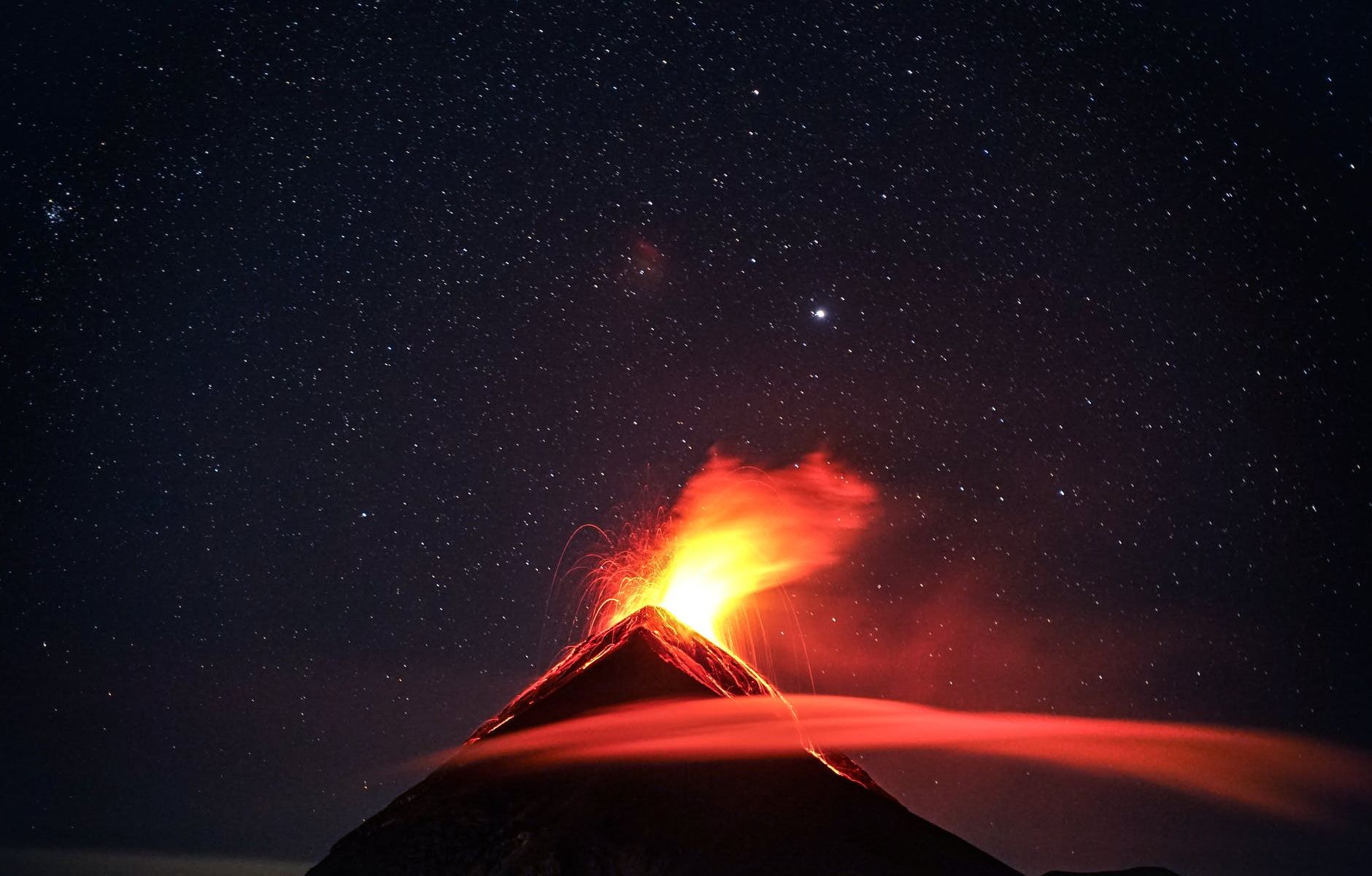
Testing an Antenna That Will Float in the Atmosphere of Venus
Radar is finicky. It is extraordinarily useful for a multitude of tasks, but testing it for some particular tasks is complicated since almost everything interferes with it. That challenge is particularly acute when testing an antenna that is supposed to be used in space, which is why a team from the SENER engineering group in Spain decided to take a novel approach to testing the radar antenna the European Space Agency (ESA) plans to use for EnVision – they suspended it from a balloon.
Continue reading “Testing an Antenna That Will Float in the Atmosphere of Venus”Windspeeds on Venus Change Dramatically With Altitude
Venus is a difficult place to explore. Only a few missions have ever made it to the surface, in no small part because of how difficult it is to traverse the planet’s atmosphere. That difficulty was confirmed recently by a team led researchers at the University of Lisbon, who found that the upper part of Venus’ atmosphere suffers from hurricane-force winds of up to 360 kilometers per hour.
Continue reading “Windspeeds on Venus Change Dramatically With Altitude”Wow. Parker Solar Probe Took a Picture of the Surface of Venus

The Parker Solar Probe’s mission is to study the Sun. But the spacecraft’s instruments have nabbed some pretty impressive data on Venus, as it uses the planet for gravity assists in its ever-shrinking solar orbit.
Now, the spacecraft has captured visible light images of Venus’ surface, somehow able to peer through the shroud of clouds in the planet’s atmosphere.
This is complete bonus data that wasn’t ever expected.
Continue reading “Wow. Parker Solar Probe Took a Picture of the Surface of Venus”A Private Mission to Scan the Cloud Tops of Venus for Evidence of Life
The search for life on Venus has a fascinating history. Carl Sagan famously and sarcastically said there were obviously dinosaurs there since a thick haze we couldn’t see through covered the surface. More recently, evidence has pointed to a more nuanced idea of how life might exist on our sister planet. A recent announcement of phosphine in the Venusian atmosphere caused quite a stir in the research community and numerous denials from other research groups. But science moves on, and now some of the researchers involved in the phosphine finding have come up with a series of small missions that will help settle the question more thoroughly – by directly sampling Venus’ atmosphere for the first time in almost 40 years.
Continue reading “A Private Mission to Scan the Cloud Tops of Venus for Evidence of Life”
